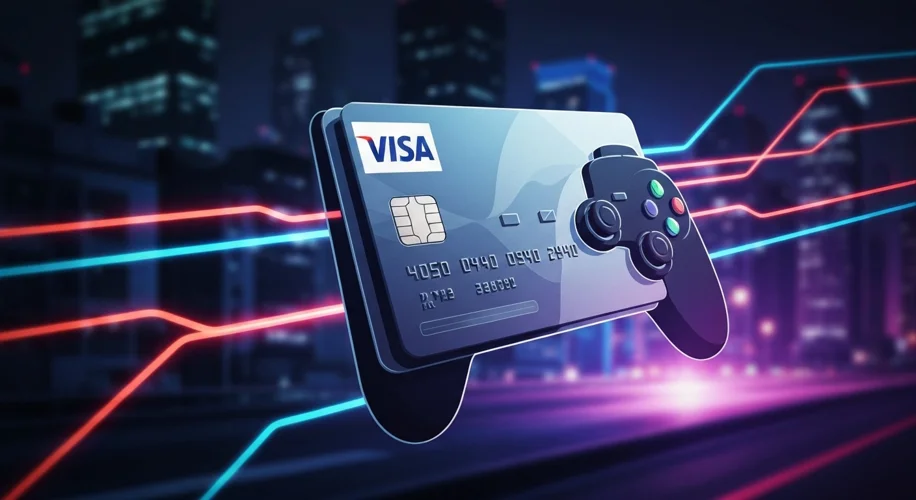Okay, so hear me out…
We talk a lot about how games are made, the tech behind them, and the amazing worlds developers create. But have you ever stopped to think about who else has a say in what we can play? It turns out, the companies handling our payments – think Visa and Mastercard – have a surprisingly big influence.
It might seem weird, right? How do credit card companies get involved in game content? Well, when developers want to sell their games or in-game items online, they have to go through these payment networks. And these networks have their own rules, often called “merchant policies” or “terms of service.”
Here’s the catch: these policies aren’t always super clear, and they can be interpreted in ways that end up affecting game content. Sometimes, these rules are designed to prevent illegal activities or fraud, which is totally understandable. But they can also be broad enough to flag content that might be considered sensitive or controversial, even if it’s just part of a game’s narrative or artistic expression.
For example, what if a game features characters or themes that touch on LGBTQIA+ experiences? Developers might find that their game gets flagged by these payment processors, not because it’s illegal or harmful, but because it doesn’t align with a payment network’s interpretation of “acceptable” content. This can lead to games being blocked from sale, or developers being unable to process payments, effectively censoring their work.
It’s a really complex situation. On one hand, payment networks have to protect themselves and their users. On the other hand, their decisions can have a huge impact on creative freedom, especially for independent developers or those exploring diverse themes. It’s like a hidden layer of content moderation that we don’t always see but definitely impacts what’s available to us.
Why is this happening? Often, it comes down to risk assessment. Payment networks might view certain types of content as having a higher risk of chargebacks or disputes, or simply not fitting with their brand image. This can create a chilling effect, where developers might self-censor to avoid potential issues with getting paid.
So, the next time you buy a game, remember that the journey from concept to your console or PC involves more than just the developers. The invisible hand of payment networks plays a role in shaping the landscape of what we can play and how diverse that content can be. It’s definitely something worth thinking about as technology and online commerce continue to evolve.

